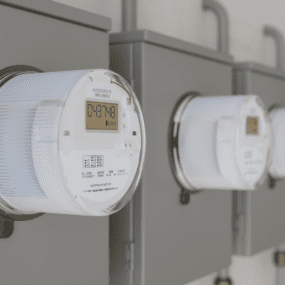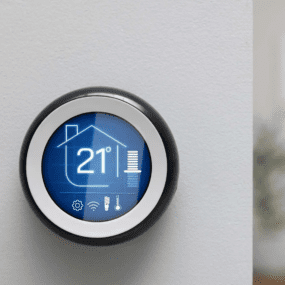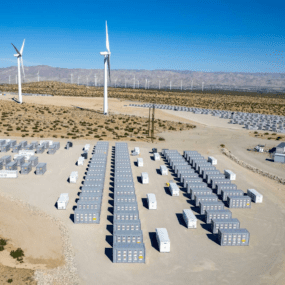The One Where Rachel Goes to WCPSC
Vol. 12 – Watt in the Grid?

Vol. 12 – Watt in the Grid?

Last week I had the incredible opportunity to attend the Western Conference of Public Service Commissioners (WCPSC) held in picturesque Vail, Colorado. Living just an hour and a half away, I couldn’t help but feel a surge of excitement not only for the conference itself but also for the prospect of escaping the usual airport chaos. Instead, I drove up into the mountains with the windows open (which is worth noting since it was snowing in Vail the following day!).
Upon arrival, it was clear that this conference would be different than the annual National Association of Regulatory Utility Commissioner (NARUC) conferences. The attendance list was smaller and, not surprisingly, targeted among those professionals most interested in the western landscape (including my home state of Colorado).
The first morning unfolded with a burst of energy and touch of political glamor, as I had the privilege of listening to insights from Colorado Commissioner Megan Gilman and Colorado Governor Jared Polis. Amidst the charm of Commissioner Gilman’s small daughters accompanying her on what she dubbed a “fancy bring your daughter to work day,” I absorbed the discussions on navigating the ongoing energy transition while ensuring affordability for all.
Governor Polis proudly spotlighted the Rewiring America incentive calculator, a tool designed to streamline access to Colorado’s myriad of federal, state, and local incentives. His enthusiasm was contagious as he highlighted the potential savings (up to $21,000 on some electric vehicle purchases!), underscoring our collective aspiration for a cleaner, more accessible energy future.
As the conference unfolded– including the opportunity to have a “cowboy casual” dinner – various panels emphasized the importance of “fair and effective implementation” of technological solutions – and the necessity of leveraging differences in customer consumption profiles. Reflecting on my own struggles with deciphering electric bills and managing tech usage in my household (particularly with a newly minted middle schooler under my roof), I had some questions. How can I (alongside my peers) figure out how to match usage with when clean electrons are available? And how do we do that without adding to the already high energy burden of low- and moderate-income (LMI) households?
One of the reasons I was drawn to GridX was its alignment with both my professional and personal goals (continuously learning more about the industry while simultaneously helping those around me). GridX offers an Enterprise Rate Platform that seeks to help solve the problems discussed at WCPSC (and across the country). With use of the GridX platform, utilities can easily do full population analysis to identify bill impacts to all customers and segments across various rates and programs. The platform can then simulate behavior for large scale what-if analyses across segments to help utilities identify winning strategies for those customers with a high energy burden. And it doesn’t stop there. GridX can also help utilities (through GridX APIs) deliver personalized household-level insights to customers to help them make the best energy decisions for their unique household.
Empowering customers to make decisions that make sense for their household builds trust and lowers bills. Using actual data to show the cost and benefits of various rates (including time-of-use (TOU)), utilities can work alongside their customers to achieve decarbonization in the most affordable manner possible. I am excited and honored to be part of the conversation (and, hopefully, the solution).




